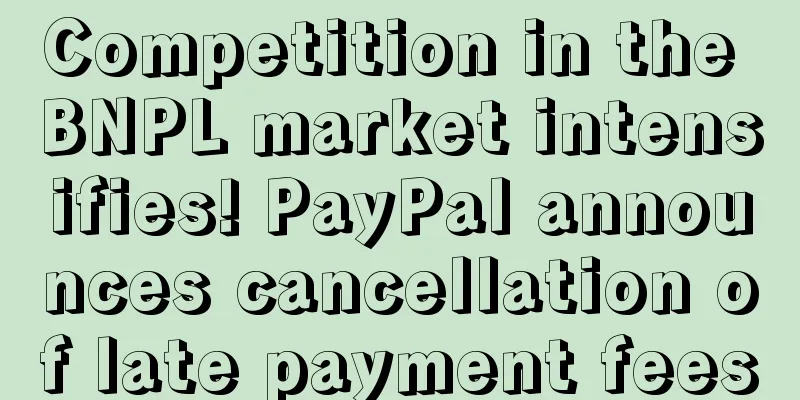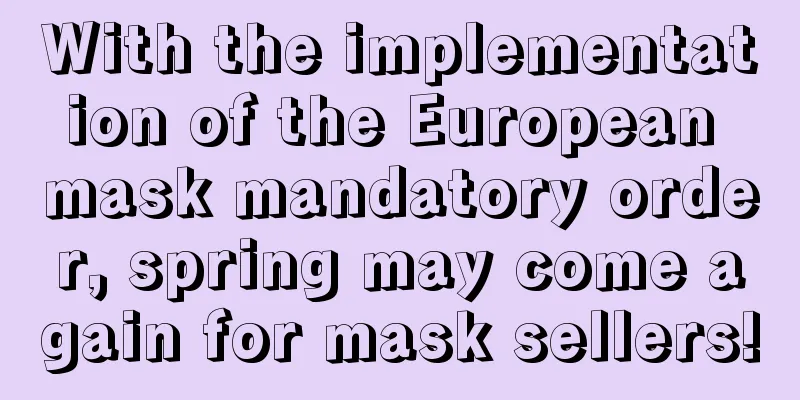Amazon introduces third-party reviews! Is there a new opportunity for sellers to get reviews?

|
Recently, foreign media revealed that Amazon is currently experimenting with the function of synchronizing third-party reviews in some categories! The Amazon e-book product in the screenshot, in addition to displaying Amazon's own review status, also displays the ratings of a website called Goodreads. Goodreads is a third-party book review software that was acquired by Amazon in 2013. This book review website is very popular. Most books have more ratings on Goodreads than on Amazon. This screenshot shows that the same book has 247 reviews on Amazon, but 2,359 reviews on Goodreads. However, you can leave any review on Goodreads. Unlike Amazon, it is just a review website, similar to Douban in China. There is no strict review mechanism for accounts, so it only takes a few minutes to swipe your review. Every change to the review mechanism is the most concerned thing for Amazon sellers. It is great to get additional reviews for products. However, Amazon is testing this feature in the book category because of the special nature of this category. No matter where you buy the book, as long as it is the same book, the product is the same and your review is meaningful. However, this logic cannot be applied to all other products. The sources are complicated and the third-party reviews are also uneven. Even if Amazon wants to integrate third-party reviews, it will definitely only be used as a reference. Although it is unlikely to promote this feature across all product categories, the official can use information from third-party websites to clean up fake reviews on Amazon. Previously, I told you about a third-party review website that researched and compared several products on Amazon. The results showed that these products had merged other completely irrelevant reviews. This is actually picking up zombie listings, merging unused listings into your own products, and directly obtaining a large number of reviews. This trick was very common in the early days of the Amazon industry, and basically everyone used it. However, it has been used less recently because Amazon has been cracking down on the abuse of variants. At that time, Amazon contacted the third party, verified the situation, removed several products from the shelves, and used the third-party data to optimize its screening algorithm for abuse of variant merge reviews. Therefore, even if Amazon will not adopt the function of merging third-party reviews in all categories, there will be a certain reference to increase the intensity of fake order review. Recently, it is still a critical period before and after the peak season. It is recommended to be cautious with fake orders and store safety is the top priority. |
>>: Pesticide misjudgment is coming again! Amazon was fined millions of dollars
Recommend
What is Socat ERP? Socat ERP Review
Spdcat ERP is a cross-border e-commerce ERP with f...
Poshmark launches visual search feature, allowing users to take photos to find products
It is learned that according to foreign media repo...
What is a shop box? Shop Box Review
Shop Box is a lightweight desktop application that...
TikTok launches "Follow Me" for small advertisers! Quickly seize the global advertising market!
<span data-docs-delta="[[20," ","...
What is Amazon Posts? Amazon Posts Review
Amazon Posts is a new way to browse and discover p...
What is a utility model patent? Utility model patent evaluation
A utility model is an intellectual property right ...
Amazon's best-selling product with monthly sales of 40,000, domestic sellers have been approved for patents!
Author | Shidu, Nicole Disclaimer | This article i...
A must-read for Amazon sellers! A step-by-step guide to taking clear and professional product photos with your phone
In the past, creating high-quality, professional ...
Zhong Nanshan: The epidemic is expected to end in April!
A few days ago, we analyzed the resumption of work...
Home handicrafts are very popular, these 8 platforms are worth a try
<span data-shimo-docs="[[20,"今年由于疫情原因,家居装饰...
What is Ki-Magic? Ki-Magic Review
Ki-Magic is an Amazon price management tool that h...
What is Arphic Supply Chain? Arphic Supply Chain Review
World Depot Inc. (Wen Ding Supply Chain of Pan Din...
Etsy Q3 financial report interpretation: three growth drivers that cannot be ignored
It is learned that Etsy recently announced its thi...
What is Shop Social? Shop Social Review
Shop Social is a tool that integrates your shoppab...
Earthquake in the mask industry! Amazon blocks mask follow-up sales
Anti-epidemic supplies such as masks and disinfec...









